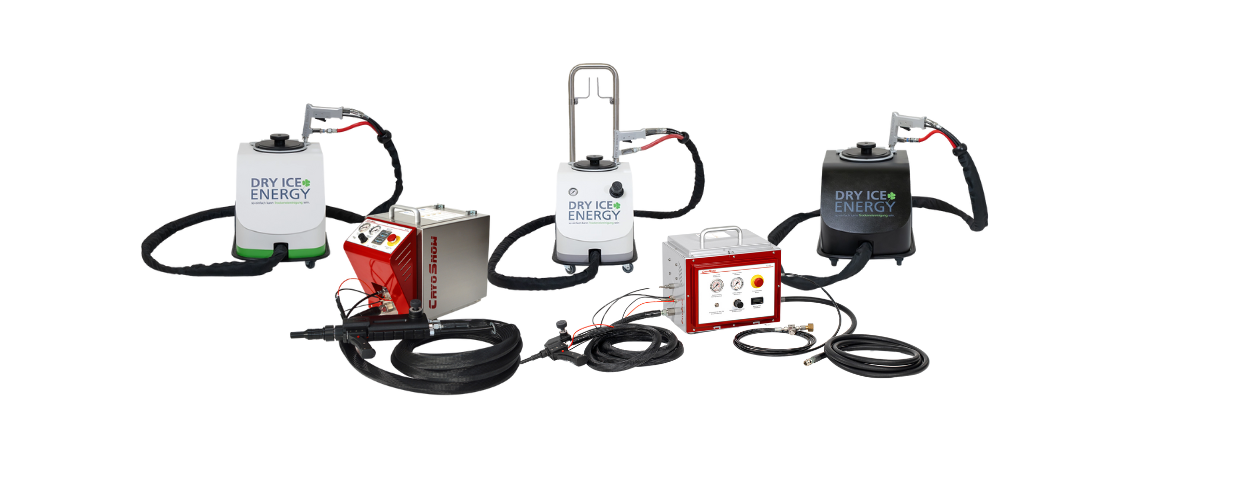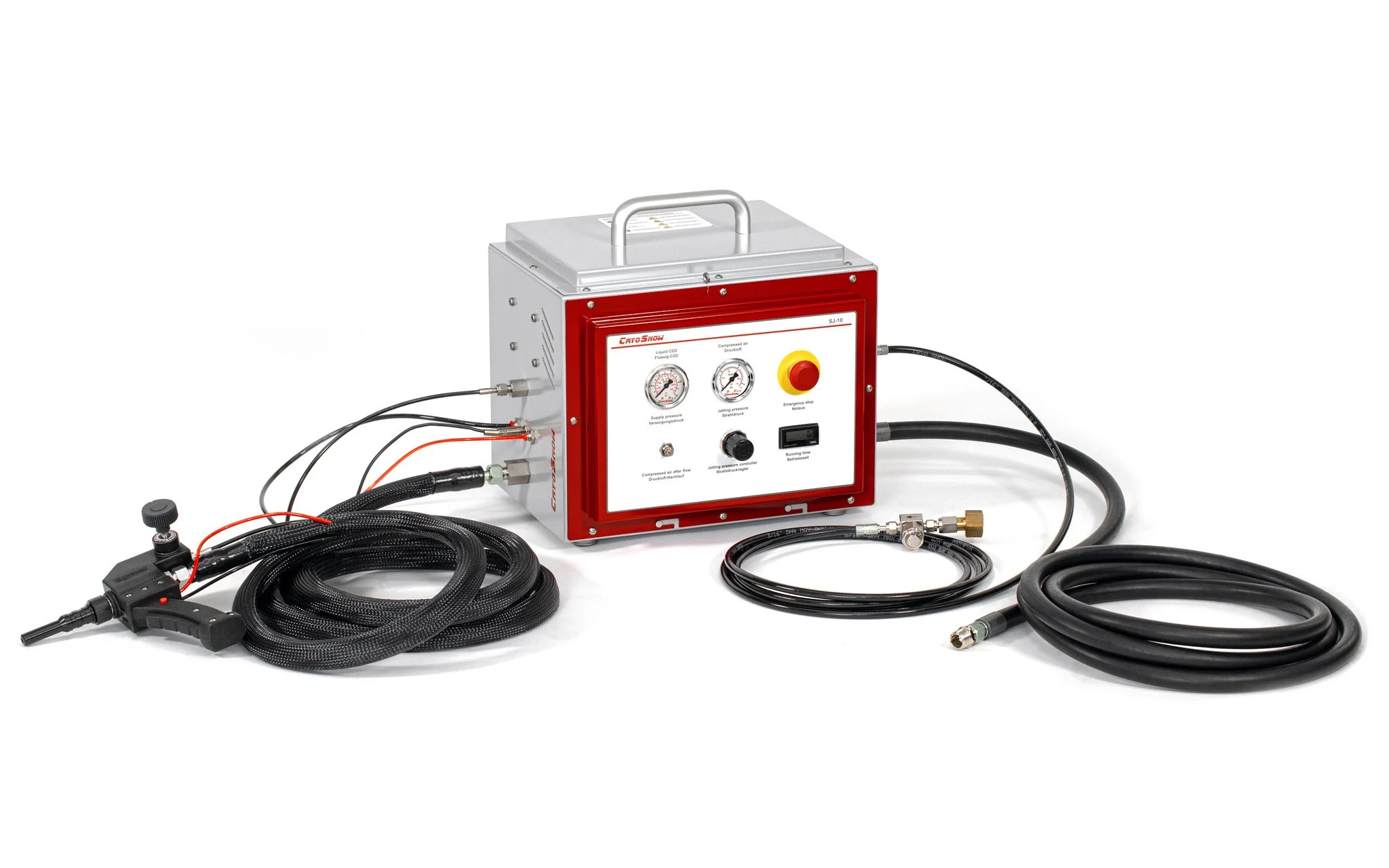
Guide to Choosing Between L2P and Pellet-Driven Dry Ice Blasting Machines
As dry ice blasting becomes more popular across industries, businesses are faced with a choice: invest in a Liquid-to-Pellet (L2P) system or a Pellet-Driven machine. Both deliver the eco-friendly cleaning power of dry ice, but the right solution depends on your applications — whether that’s removing stubborn coatings, deburring precision parts, or maintaining delicate surfaces.
This guide walks you through the benefits, downsides, and best use cases of each technology, so you can make an informed decision.
What Are Pellet-Driven Machines?
Pellet-driven machines use pre-made dry ice pellets supplied by external providers.
Benefits of Pellet-Driven
Adjustable pellet size — allows for more aggressive or gentle blasting
Lower equipment cost — usually less expensive than L2P systems
Widespread use — familiar operation with pellets widely available
Downsides of Pellet-Driven
Pellet logistics — storage, transport and sublimation losses are ongoing issues
Variable pellet quality — degraded pellets can reduce cleaning efficiency
Potential abrasiveness — larger pellets may damage delicate surfaces
Best Use Cases
Choose L2P if you want:
Consistent, gentle cleaning for delicate or precision parts
Continuous in-house cleaning with high pellet demand
To reduce waste and environmental footprint
Choose Pellet-Driven if you want:
To tackle tough contaminants like thick coatings or underseal
A lower entry cost into dry ice blasting
A solution for occasional use without constant pellet demand
Key Takeaways
L2P machines are best for businesses that need consistent, gentle cleaning, want to avoid pellet storage, and have regular access to liquid CO₂.
Pellet-driven machines are better for flexibility, lower start-up costs, and heavy-duty tasks where adjustable pellet size is an advantage.
Both technologies provide powerful, eco-friendly cleaning. Your choice will come down to budget, logistics, and the surfaces you need to clean.
What Are L2P Systems?
L2P (Liquid-to-Pellet) machines convert liquid CO₂ into dry ice pellets on demand, meaning you only produce what you need, when you need it.
Benefits of L2P
No pellet storage or waste — no sublimation losses or delivery delays
Fresher dry ice — uniform pellet density for consistent cleaning power
Gentle on delicate parts — ideal for precision deburring or sensitive equipment
Eco-friendly — reduced transport and storage requirements
Downsides of L2P
Higher upfront investment — due to integrated pellet production
Infrastructure needed — reliable liquid CO₂ supply is essential
Fixed pellet size — less flexibility for aggressive coatings


